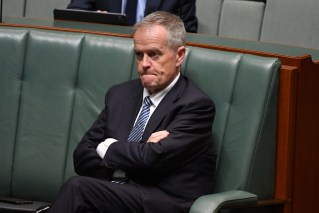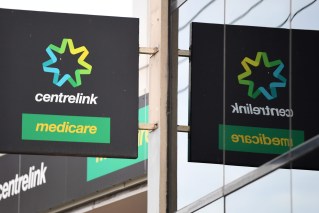Public servants help Queensland wage growth lead the nation
Queensland and NSW are leading the nation in wage growth, albeit a weak one that was the lowest quarterly rise on record.


A new national survey will try to unlock the mystery of teenagers. (Photo: Unsplash)
The Queensland data from the Australian Bureau of Statistics showed that public service wage growth in the past year (+2.4 per cent) had more than doubled the rate of private sector growth (+1.1 per cent).
The ABS said the quarterly rise in NSW and Queensland of 0.6 per cent.
“Historically this is the lowest September quarterly rise recorded for both states since the commencement of the series,” the ABS said,
Victoria recorded the lowest quarterly rise of 0.2 per cent. South Australia recorded the highest through the year rise of 1.8 per cent for the second consecutive quarter.
Administrative and support services recorded a quarterly fall of -0.3 per cent.
The best performing sector were financial and insurance services and education and training which recorded a through-the-year rise of 2.4 per cent.
Australia’s payrolls data is showing there are winners and losers in the recovery from the COVID-19 pandemic and at the moment it is teenagers who are leading the charge back into the workforce, according to Westpac
While most states showed modest to strong gains in the past four weeks, Westpac said its analysis of Australian Bureau of Statistics data showed Queensland was flat.
The data also showed agriculture was bleeding jobs with a 4 per cent fall in the past four weeks, but this sector is highly seasonal. Construction payrolls were down almost 3 per cent.
It also found that the recovery in employment for men was behind that of women and the tourism, arts and recreation sectors were still well below where they were before COVID-19 struck.
“Teenagers appear to be getting the most benefit of the recovery with the under 20s being the only age group to have a higher level of employment than they had pre-COVID,” Westpac economist Justin Smirk said.
“The gains in payrolls were the strongest for under 20s, up 5.5 per cent in the last four weeks, while it is the weakest for the 30-36s for whom payrolls fell –0.1 per cent.”
This was significant because in May the under 20s were shown to be the hardest hit by job losses.
“Under 20s employment is now 13.8 per cent higher than it was pre-COVID. Contrast that with the over 70s whose employment is –12.2 per cent lower.”
The next weakest group is the 60-69s which was down –6.5 per cent while the 20-29s are down –4.5 per cent.
“By gender female employment rose 0.6 per cent in the last four weeks to now be down –3.2 per cent since March 14.
“Males, however, lost –0.3 per cent in the last four weeks and are down –4.2 per cent since COVID hit. Female payrolls were hit harder than males at the beginning of the lockdowns but the recovery since appears to have favoured female employment more than male employment.
The strongest gains have been in education and training (4.5 per cent), retail trade (3.1 per cent) and finance & insurance (1.2 per cent).
Job losses have occurred in agriculture (–4.0%), 1.7%, utilities (–1.5%) and professional scientific & technology (–1.3%).












